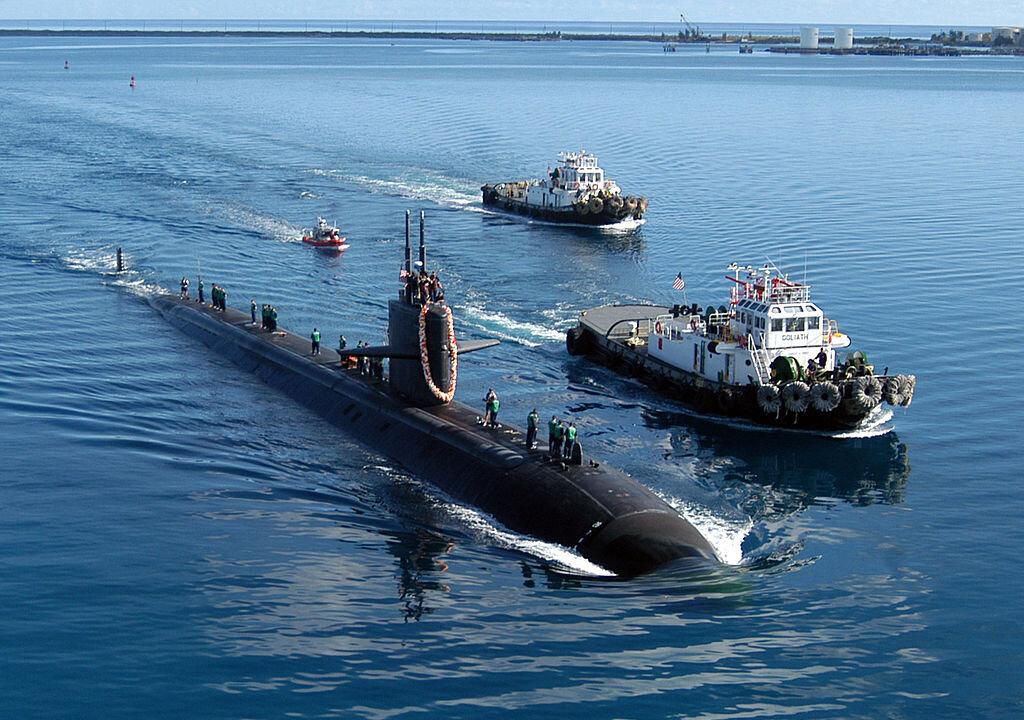Australia is in discussions with the United States to speed up its acquisition of nuclear submarines in a bid to sooner have the defense vessels on hand amid the Chinese Communist Party’s (CCP’s) increasing military aggression in the Indo-Pacific.
“It’s important to get the capability as soon as we can,” a spokesperson for Defence Minister Richard Marles said. “We are still doing the consultations to set out the optimal pathway for Australia to acquire the capability.”




